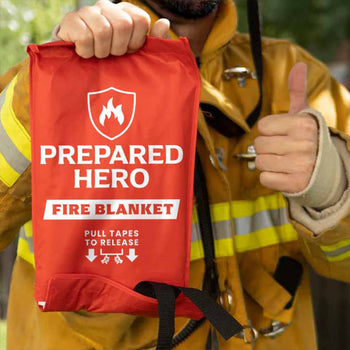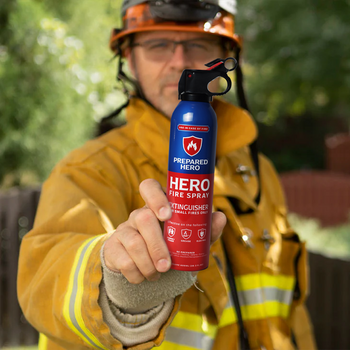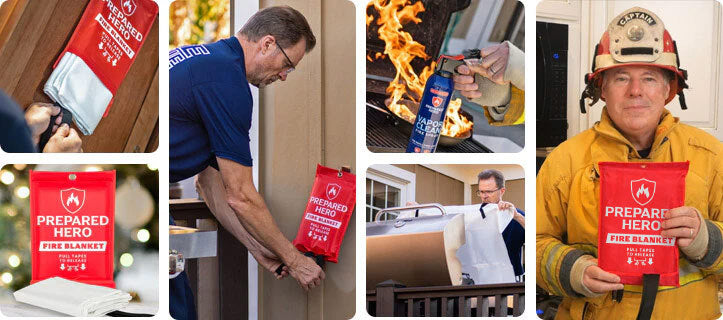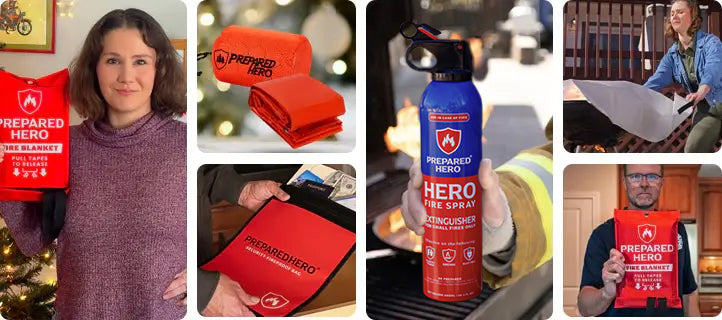Where you put your smoke detectors matters just as much as installing them. Proper placement makes sure they can detect...
According to the US Fire Administration, garages present more fire risks than other areas of your house. They’re filled with fire hazards such as flammable liquids, electrical tools, chemicals, and wood.
Given this, a fire can easily break out in your garage or workshop. So what should you exactly do if this happens? In this post, we’ll talk about how to put out fires in your garage or workshop.
How to Put Out Fires in Your Garage or Workshop: A Step-By-Step Guide
Knowing how to put out fires in your garage or workshop helps prevent injuries, death, and property damage. Fires originating from garages and workshops can easily spread, causing damage to nearby houses or buildings. Putting out the fire early decreases these risks and ensures everyone’s safety. Here’s how to put out fires in your garage or workshop:
1. Identify the type of fire you’re dealing with.

There are different types of fire that can occur in your garage or workshop. The most common ones are Class A (caused by wood and paper), Class B (caused by flammable liquids), grease fires (caused by grease and oily rags), and electrical fires (caused by electrical tools and appliances).
Knowing what type of fire you’re dealing with lets you know what tools you need to put it out effectively.
2. Don’t use water to put out grease and electrical fires.

As mentioned above, grease and electrical fires are among the most common types of fire in garages. Using water to put out wood and paper fires works, but it makes grease and electrical fires worse.
You see, water and oil don’t mix. Instead of putting out the fire, water can cause the grease to splatter. This causes the fire to spread, making the situation worse. Water is also a good conductor of electricity, which can electrocute you. If you have no choice but to use water on an electrical fire, make sure to unplug the appliance or turn off the breaker before pouring water on it.
3. Use the right tools to extinguish the fire.
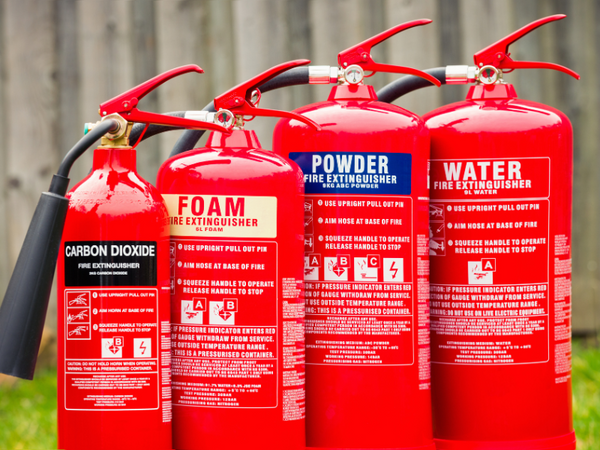
You can use different tools depending on the type of fire you’re dealing with.
For instance, you can use a fire blanket to put out a small electrical fire since it won’t leave residue that might damage its components. You can also use a fire spray on grease fires since they’re made to work like fire extinguishers without being heavy and bulky.
Should you use a fire extinguisher, make sure to use the right type depending on the kind of fire you’re dealing with.
4. Evacuate if needed.
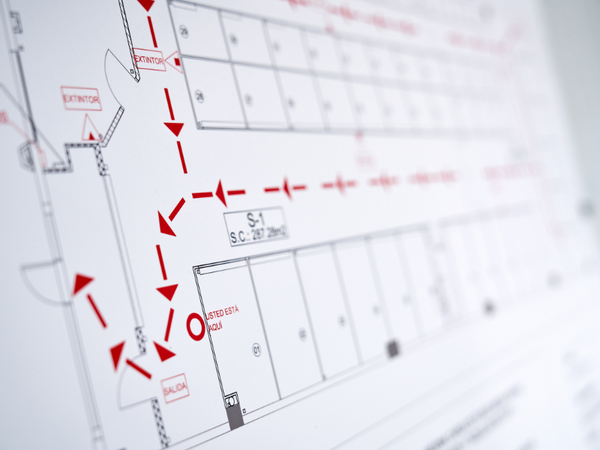
If the fire reignites or doesn’t immediately decrease, evacuate your house at once. Having a fire exit strategy and sticking to it can make the difference between life and death.
If fire blocks the main exits, evacuate your house through the nearest exit or alternate escape route. Remember, material things can be replaced while lives can’t.
5. Call the authorities.
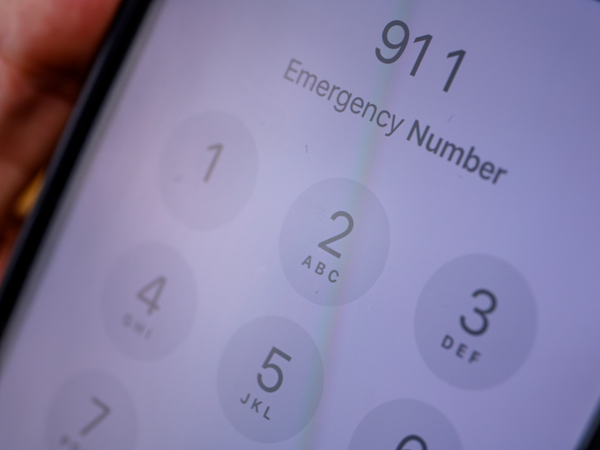
Once you’re safe, call the authorities. They’re professionals who know what they’re doing, so trust them and follow their instructions. If you have home insurance, inform your provider about the fire as soon as possible.
Conclusion
Garage and workshop fires are dangerous, but they can be prevented. Remember, the safest way to deal with fire is to avoid it.
If you don’t have one yet, it’s time to prepare a fire kit with an emergency fire blanket, fire spray, fire protection gloves, and a smoke mask. Go to Prepared Hero and shop for fire safety tools now!


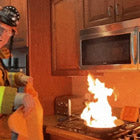 Fire
Fire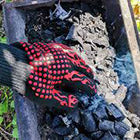 Safety
Safety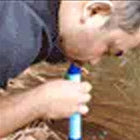 Survival
Survival Protection
Protection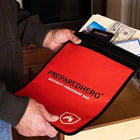 New
New Scouting America
Scouting America
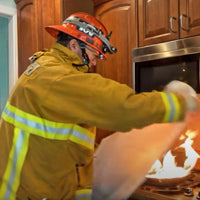 Fire
Fire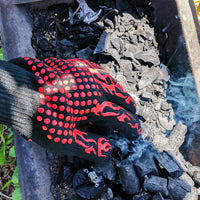 Safety
Safety Survival
Survival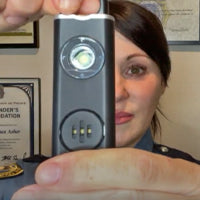 Protection
Protection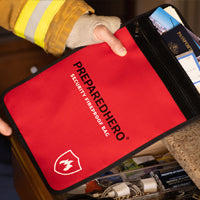 New
New
